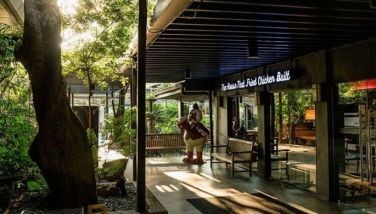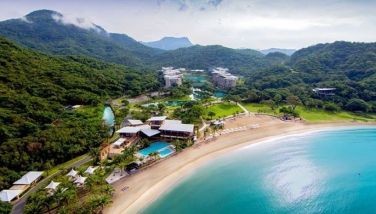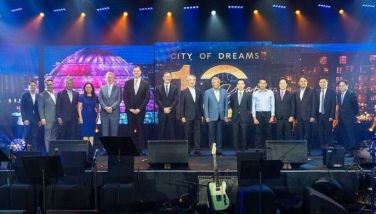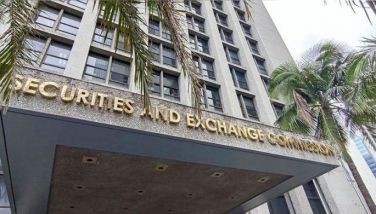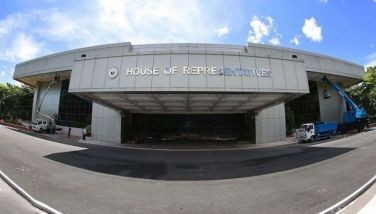Philippines retail segment faces competition
MANILA, Philippines — The Philippine retail segment faces intensified competition as discretionary spending among households in the Philippines has decreased due to the rising cost of living and the prioritization of necessities, according to global real estate services firm Cushman and Wakefield.
The CWK report confirms what I have observed for the past couple of years after the pandemic, which is that a lot of retail stores have closed and those remaining appear to be struggling to improve their sales. Major malls have and continue to see closures of some of their retail tenants, and it appears that there is a pivot more to personal care services and food outlets which continue to see brisk business, but mostly during the weekends and holidays.
According to CWK, the pandemic and the resulting global economic slowdown have curbed spending.
To remain profitable and to drive innovation, CWK noted, several retailers, and developers have undergone significant makeover to remain agile and to balance cost pressures both from the demand for new shopping experience and maintaining a decent occupancy rate due to its loyal locators. The rate of redevelopment efforts has accelerated, coupled with the need to include additional features in newly completed developments to enhance the shoppers’ experience following the pandemic period.
According to Claro Cordero Jr., head of research, consulting and advisory services, Philippines at CWK, “As consumer preferences move toward experiential retail, which offers immersive, engaging and personalized shopping experiences, aging malls need to innovate to stay competitive. The noticeable trend among aging retail developments is the dwindling footfall rate due to their inability to adapt to the evolving ‘next normal’ in retail shopping, primarily due to their outdated infrastructure, lack of modern amenities and inefficient space layout.”
He believes that the recovery trajectory of the retail sector will vary across different shopping districts depending on the concentration of developments and the quality of available retail space. Maturing retail developments are faced with challenges due to low foot traffic and mounting capital expenditure allocation for space redevelopment.
Thus, while mature retail districts like Makati, Mandaluyong and Quezon City exhibit high commercial development density, “new and expanding locators still find it viable due to the amount of available quality of retail space.”
The hospitality segment, on the other hand, CWK reported, is experiencing uneven regional recovery due to untapped potential in various tourist destinations, including the Philippines. Currently, the total supply of mid-end and high-end hotel and serviced residence stock is around 50,000 keys, with an additional 1,600 expected to be completed this year. However, delays in hotel construction have slowed progress, and it may take five years to reach the projected 70,000 keys.
In Metro Manila, as well as other areas outside the Philippines, CWK said, branded developments are expanding, reflecting a market shift toward quality rather than affordability.
On the brighter side, the firm observed that the logistics and industrial sub-sectors have remained resilient, with steady demand driven by the incredible growth of the digital economy. However, CWK sees the need for improved quality in logistics facilities to meet the demands of new occupiers as most developments lack the quality needed to leverage digital and automation efforts, necessitating new or redeveloped warehouse facilities.
A notable trend, CWK highlighted, is the emergence of data centers, with numerous hyperscalers considering expansion in the Philippines due to population growth and digitalization. The demand for cloud storage remains largely untapped. Compared to Singapore, the Philippines has significant room for growth in this sector. However, challenges include achieving sustainability targets, clarity on restrictions from data privacy laws, and the high costs, availability and viability of the support utilities.
“While the global investment market is expected to slowly recover in the medium term, the Philippine capital market may remain under the radar due to recent geopolitical events that could undermine initial confidence gains. The high-for-long interest rate environment has led to increased borrowing costs, impacting both corporate and consumer spending. Investors are becoming more risk-averse, resulting in heightened volatility and wider bid-ask spreads in the local investment market. Additionally, the stronger US dollar, driven by attractive yields, has put pressure on the Philippine peso, further complicating the economic outlook and stalling key real estate transactions,” Cordero observed.
He is hopeful that “as uncertainties in US trade policy eventually settle, investors are eagerly anticipating a gradual softening at the short end of the yield curve. This potential decrease in short-term interest rates could bring much-needed relief, lowering borrowing costs and stimulating home purchases by individuals.”
Cordero is still optimistic, noting that “on the other hand, a softening at the short end often reflects expectations of an impending economic slowdown or central bank interventions. This can influence long-term investment strategies, prompting institutional investors to seek safer, more stable assets or further diversify their portfolios to mitigate risks.”
Overall, he said, the current cyclical slowdown mirrors the Philippines’ experience during the onset of the global financial crisis in 2008. CWK believes that the slowdown is nearing its tipping point. “The impact of uncertainties in US trade policy directions is expected to be temporary, as the macroeconomic fundamentals remain strong.”
He assured that, “Across all key Philippine real estate sub-sectors, the increased demand for higher-quality, well-located, and resilient developments is significantly shaping the future real estate landscape. Investors and tenants prioritize properties in prime locations with superior amenities and robust infrastructure. This preference helps maintain and even increase the value of these assets over time. This stability attracts more investors looking for safe havens, further reinforcing the value of these assets.”
This diversification, CWK said, helps balance portfolios and mitigate risks associated with market fluctuations. Overall, the flight to quality behavior ensures that asset values are better conserved, promoting a more stable and resilient real estate market.
“As the market shifts toward quality, there is a growing emphasis on sustainable and highly resilient developments, which tend to maintain their asset values over time. Emerging sectors such as technology, health care, and logistics, recognized for their resilience, are attracting increased investment. These alternative sectors highlight the evolving landscape of Philippine real estate, showing the potential for long-term, consistent demand that is unaffected by short-term fluctuations or seasonal trends,” Cordero said.
- Latest
- Trending










